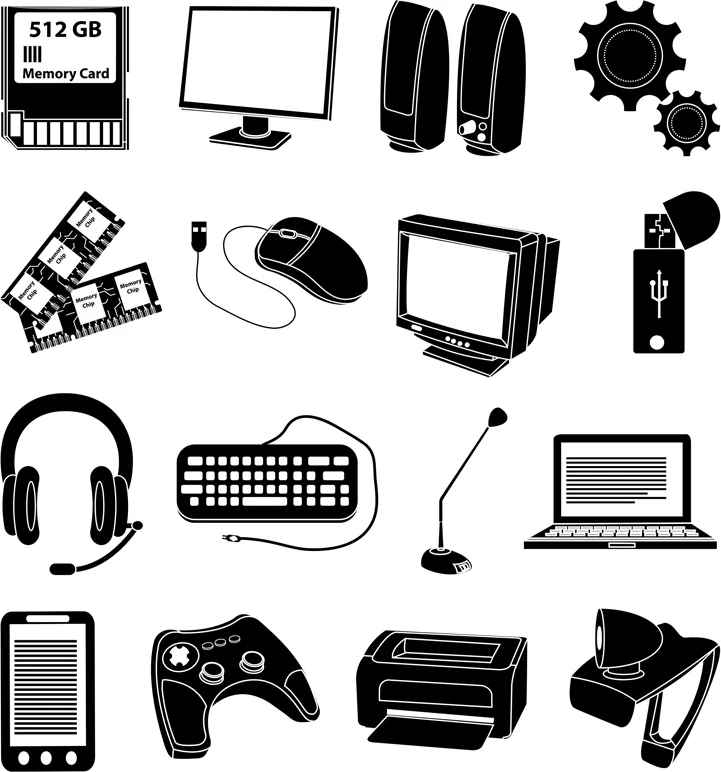
Cybersecurity Fundamentals
A Real-World Perspective
Kutub Thakur, Al-Sakib Khan Pathan
- 288 Seiten
- English
- ePUB (handyfreundlich)
- Über iOS und Android verfügbar
Cybersecurity Fundamentals
A Real-World Perspective
Kutub Thakur, Al-Sakib Khan Pathan
Über dieses Buch
Cybersecurity Fundamentals: A Real-World Perspective explains detailed concepts within computer networks and computer security in an easy-to-understand way, making it the perfect introduction to the topic. This book covers fundamental issues using practical examples and real-world applications to give readers a rounded understanding of the subject and how it is applied. The first three chapters provide a deeper perspective on computer networks, cybersecurity, and different types of cyberattacks that hackers choose to unleash on cyber environments. It then goes on to cover the types of major computer malware and cybersecurity attacks that shook the cyber world in the recent years, detailing the attacks and analyzing their impact on the global economy. The details of the malware codes that help the hacker initiate the hacking attacks on networks are fully described. It then covers high-tech cybersecurity programs, devices, and mechanisms that are extensively adopted in modern security systems. Examples of those systems include intrusion detection systems (IDS), intrusion prevention systems (IPS), and security firewalls. It demonstrates how modern technologies can be used to create and manage passwords for secure data. This book also covers aspects of wireless networks and their security mechanisms. The details of the most commonly used Wi-Fi routers are provided with step-by-step procedures to configure and secure them more efficiently. Test questions are included throughout the chapters to ensure comprehension of the material. Along with this book's step-by-step approach, this will allow undergraduate students of cybersecurity, network security, and related disciplines to gain a quick grasp of the fundamental topics in the area. No prior knowledge is needed to get the full benefit of this book.
Häufig gestellte Fragen
Information
1
Computers and Networks

1.1 Introduction to Computers

- Firmware
- Operating system or OS software
- Device drivers
- Application software
- Central processing unit (CPU)
- Data storage
- Input devices
- Output devices (input and output devices are often together called “I/O devices”)
1.2 History of Computers
1.2.1 First Generation (1937–1946)
1.2.2 Second Generation (1947–1962)
1.2.3 Third Generation (1963–1971)
1.2.4 Fourth Generation (1971–2010)
1.2.5 Fifth Generation (2010–Present)
1.3 Components of Modern Computer

1.3.1 Input Devices

- Keyboard
- Microphone
- Barcode reader
- Camera
- Electronic pen
- Joystick
- MIDI (Musical Instru...